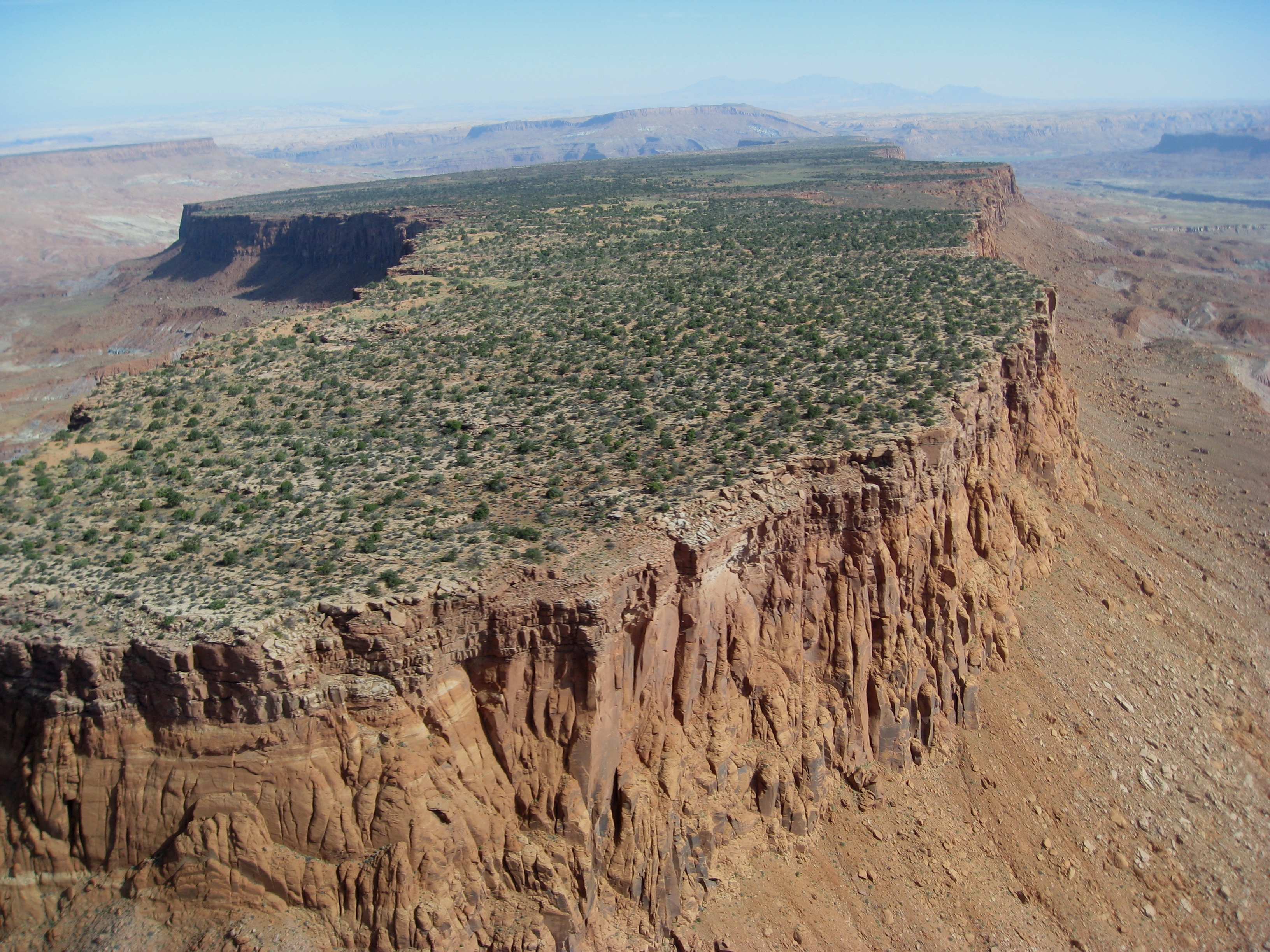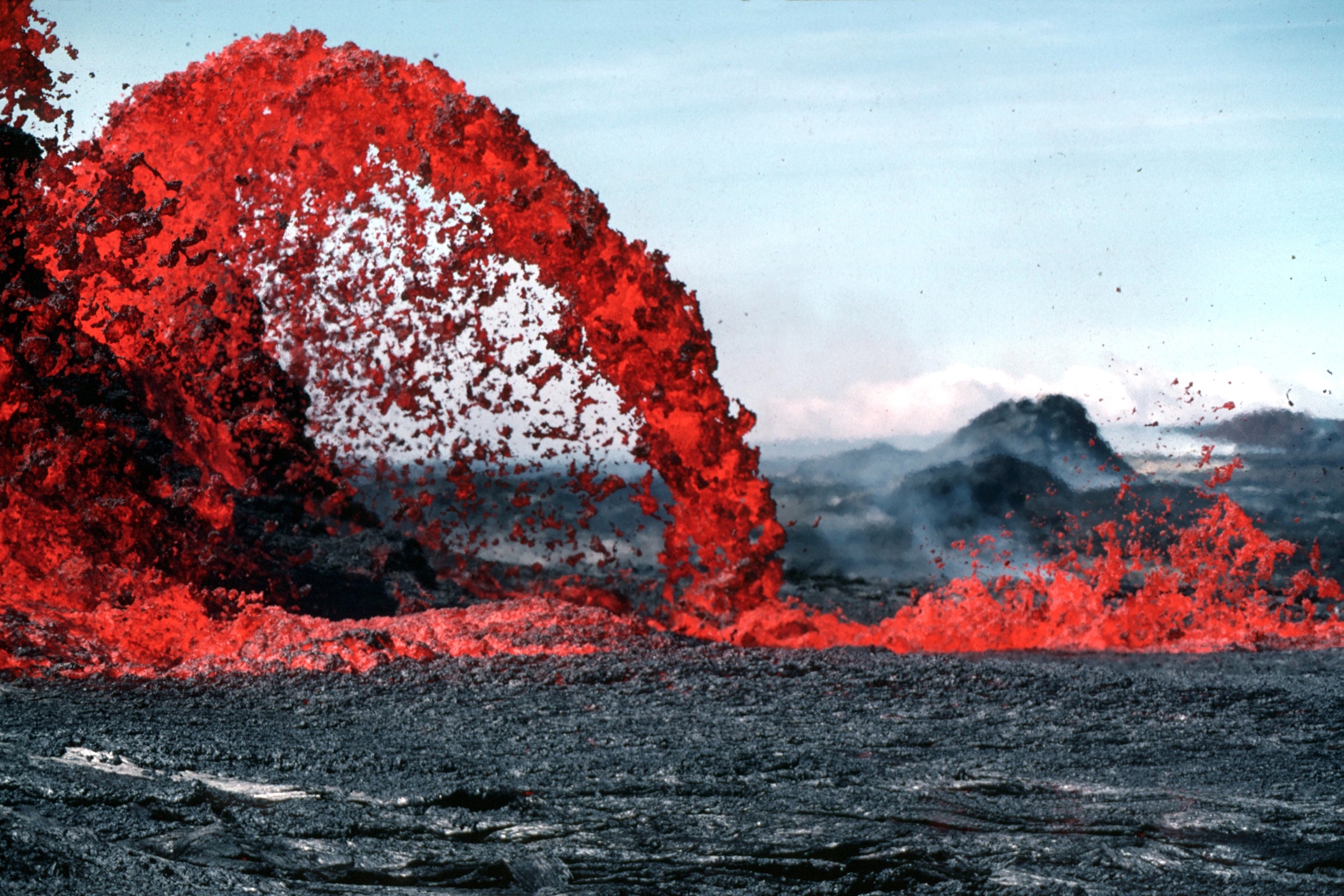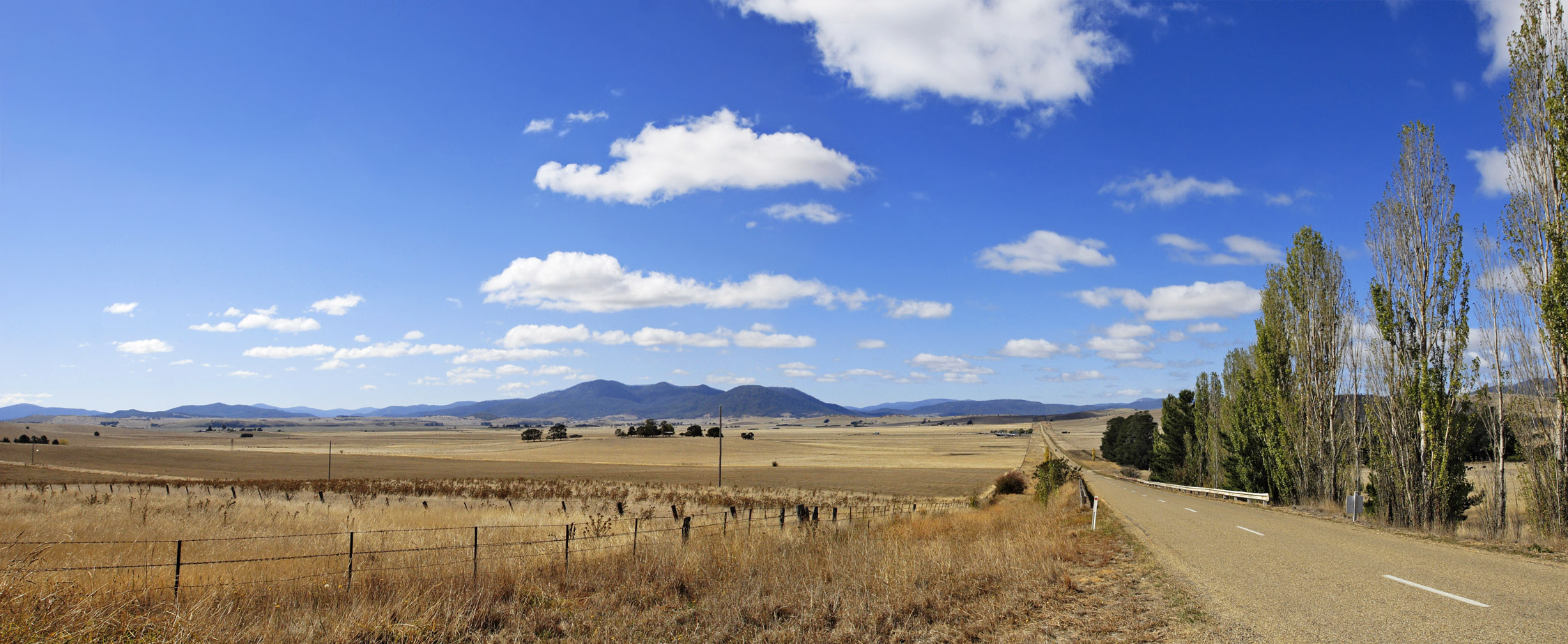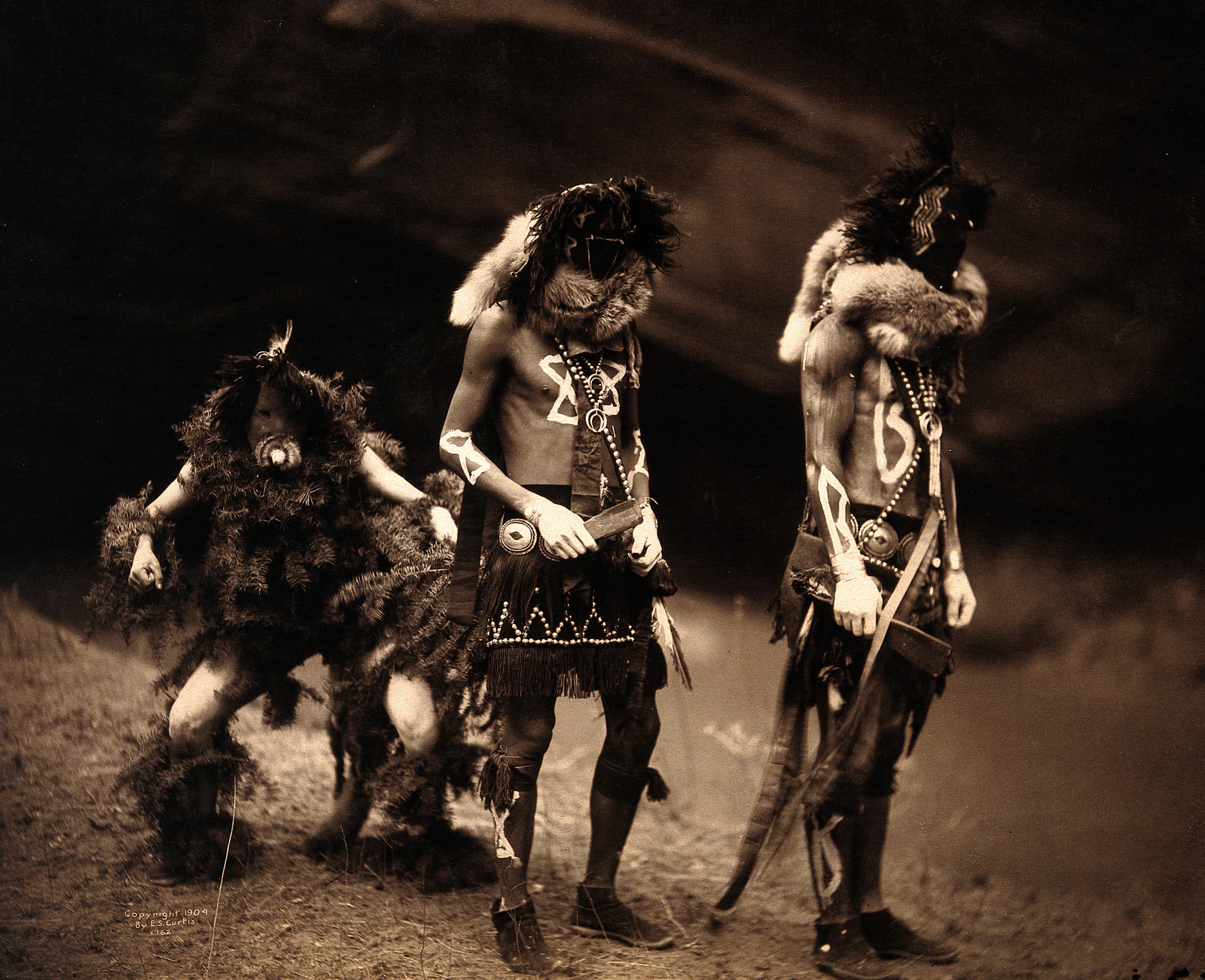|
Gallina
The Gallina or Largo-Gallina culture was an occupation sequence during the pre- Hispanic period in the American Southwest from approximately 1050 to 1300. The culture was located in north-central New Mexico roughly north of the Jemez Mountains, and was named after the Rio Gallina (and Largo Canyon), which runs through the region. Ancestry The Gallina are tentatively linked to the Rosa Phase of the Ancestral Puebloans.Ford et al. 1972 Evidence indicates a connection to the Rosa people, due to similar skills such as basket weaving, black on white pottery, and architecture. They also have similar ornaments such as shells pierced for stringing, bone beads, and stone pipes. Tools and artifacts Artifacts from the Gallina time period are often hard to classify. For example, what archeologists originally classified as scrapers later proved to be knives. Frequently, assessing an object itself is not enough; it becomes necessary to analyze type as well as evidence of use and wear. ... [...More Info...] [...Related Items...] OR: [Wikipedia] [Google] [Baidu] |
Gallina Towers Reconstructed Tower Gallina Culture
The Gallina or Largo-Gallina culture was an occupation sequence during the pre- Hispanic period in the American Southwest from approximately 1050 to 1300. The culture was located in north-central New Mexico roughly north of the Jemez Mountains, and was named after the Rio Gallina (and Largo Canyon), which runs through the region. Ancestry The Gallina are tentatively linked to the Rosa Phase of the Ancestral Puebloans.Ford et al. 1972 Evidence indicates a connection to the Rosa people, due to similar skills such as basket weaving, black on white pottery, and architecture. They also have similar ornaments such as shells pierced for stringing, bone beads, and stone pipes. Tools and artifacts Artifacts from the Gallina time period are often hard to classify. For example, what archeologists originally classified as scrapers later proved to be knives. Frequently, assessing an object itself is not enough; it becomes necessary to analyze type as well as evidence of use and wea ... [...More Info...] [...Related Items...] OR: [Wikipedia] [Google] [Baidu] |
Ancestral Puebloans
The Ancestral Puebloans, also known as the Anasazi, were an ancient Native American culture that spanned the present-day Four Corners region of the United States, comprising southeastern Utah, northeastern Arizona, northwestern New Mexico, and southwestern Colorado. They are believed to have developed, at least in part, from the Oshara tradition, which developed from the Picosa culture. The people and their archaeological culture are often referred to as ''Anasazi'', meaning "ancient enemies", as they were called by Navajo. Contemporary Puebloans object to the use of this term, with some viewing it as derogatory. The Ancestral Puebloans lived in a range of structures that included small family pit houses, larger structures to house clans, grand pueblos, and cliff-sited dwellings for defense. They had a complex network linking hundreds of communities and population centers across the Colorado Plateau. They held a distinct knowledge of celestial sciences that found form ... [...More Info...] [...Related Items...] OR: [Wikipedia] [Google] [Baidu] |
Cerro Pedernal
Cerro Pedernal, locally known as just "Pedernal", is a narrow mesa in northern New Mexico. The name is Spanish for "flint hill". The mesa lies on the north flank of the Jemez Mountains, south of Abiquiu Lake, in the Coyote Ranger District of the Santa Fe National Forest. Its caprock was produced in the Jemez Volcanic Field. Its highest point is at . Pedernal is the source of a chert used by the prehistoric Gallina people. Its cliffs are popular with rock climbers. Georgia O'Keeffe Georgia Totto O'Keeffe (November 15, 1887 – March 6, 1986) was an American modernist artist. She was known for her paintings of enlarged flowers, New York skyscrapers, and New Mexico landscapes. O'Keeffe has been called the "Mother of Ame ... made many paintings of it, and her ashes were scattered on its top. References External links Cerro Pedernal review with photos Climb.Mountains.com. New Mexico Bureau of Geology and Mineral Resources. * Jemez Mountains Landforms of Rio Arri ... [...More Info...] [...Related Items...] OR: [Wikipedia] [Google] [Baidu] |
Spanish Colonization Of The Americas
Spain began colonization of the Americas, colonizing the Americas under the Crown of Castile and was spearheaded by the Spanish . The Americas were invaded and incorporated into the Spanish Empire, with the exception of Colonial Brazil, Brazil, British America, and some small regions of South America and the Caribbean. The crown created civil and religious structures to administer the vast territory. The main motivations for colonial expansion were profit through Exploitation colonialism, resource extraction and the Catholicization, spread of Catholicism by converting Indigenous peoples of the Americas, indigenous peoples. Beginning with Columbus's first voyage to the Caribbean and gaining control over more territory for over three centuries, the Spanish Empire would expand across the Spanish West Indies, Caribbean Islands, half of South America, most of Central America and much of North America. It is estimated that during the colonial period (1492–1832), a total of 1.86&n ... [...More Info...] [...Related Items...] OR: [Wikipedia] [Google] [Baidu] |
Mesa
A mesa is an isolated, flat-topped elevation, ridge or hill, which is bounded from all sides by steep escarpments and stands distinctly above a surrounding plain. Mesas characteristically consist of flat-lying soft sedimentary rocks capped by a more resistant layer or layers of harder rock, e.g. shales overlain by sandstones. The resistant layer acts as a caprock that forms the flat summit of a mesa. The caprock can consist of either sedimentary rocks such as sandstone and limestone; dissected lava flows; or a deeply eroded duricrust. Unlike ''plateau'', whose usage does not imply horizontal layers of bedrock, e.g. Tibetan Plateau, the term ''mesa'' applies exclusively to the landforms built of flat-lying strata. Instead, flat-topped plateaus are specifically known as '' tablelands''.Duszyński, F., Migoń, P. and Strzelecki, M.C., 2019. ''Escarpment retreat in sedimentary tablelands and cuesta landscapes–Landforms, mechanisms and patterns.'' ''Earth-Science Reviews, no. 10 ... [...More Info...] [...Related Items...] OR: [Wikipedia] [Google] [Baidu] |
Lava
Lava is molten or partially molten rock ( magma) that has been expelled from the interior of a terrestrial planet (such as Earth) or a moon onto its surface. Lava may be erupted at a volcano or through a fracture in the crust, on land or underwater, usually at temperatures from . The volcanic rock resulting from subsequent cooling is also often called ''lava''. A lava flow is an outpouring of lava during an effusive eruption. (An explosive eruption, by contrast, produces a mixture of volcanic ash and other fragments called tephra, not lava flows.) The viscosity of most lava is about that of ketchup, roughly 10,000 to 100,000 times that of water. Even so, lava can flow great distances before cooling causes it to solidify, because lava exposed to air quickly develops a solid crust that insulates the remaining liquid lava, helping to keep it hot and inviscid enough to continue flowing. The word ''lava'' comes from Italian and is probably derived from the Latin word ''l ... [...More Info...] [...Related Items...] OR: [Wikipedia] [Google] [Baidu] |
Lava Bed
Lava fields are large, mostly flat areas of surface or subaquatic lava flows. Such features are generally composed of highly fluid basalt lava, and can extend for tens or hundreds of miles across the underlying terrain. Morphology and structure The final morphology of a lava field can reveal properties such as internal structure, composition, and mechanics of the lava flow when it was fluid. The ridges and patterns on top of the lava field show the direction of the channels and the oftentimes active lava tubes that may be underneath the solidified "crust." It can also reveal whether the lava flow can be classified as pāhoehoe or 'a'ā. The two main types of lava field structures are defined as sheet flow lava and pillow lava. Sheet flow lava appears like a wrinkled or folded sheet, while pillow lava is bulbous, and often looks like a pile of pillows atop one another. An important aspect of lava flow morphology is a phenomenon known as lava flow inflation. This occurs ... [...More Info...] [...Related Items...] OR: [Wikipedia] [Google] [Baidu] |
Dendrochronology
Dendrochronology (or tree-ring dating) is the scientific method of dating tree rings (also called growth rings) to the exact year they were formed. As well as dating them, this can give data for dendroclimatology, the study of climate and atmospheric conditions during different periods in history from wood. Dendrochronology derives from Ancient Greek (), meaning "tree", (), meaning "time", and (), "the study of". Dendrochronology is useful for determining the precise age of samples, especially those that are too recent for radiocarbon dating, which always produces a range rather than an exact date. However, for a precise date of the death of the tree a full sample to the edge is needed, which most trimmed timber will not provide. It also gives data on the timing of events and rates of change in the environment (most prominently climate) and also in wood found in archaeology or works of art and architecture, such as old panel paintings. It is also used as a check in radio ... [...More Info...] [...Related Items...] OR: [Wikipedia] [Google] [Baidu] |
Drought
A drought is defined as drier than normal conditions.Douville, H., K. Raghavan, J. Renwick, R.P. Allan, P.A. Arias, M. Barlow, R. Cerezo-Mota, A. Cherchi, T.Y. Gan, J. Gergis, D. Jiang, A. Khan, W. Pokam Mba, D. Rosenfeld, J. Tierney, and O. Zolina, 2021Water Cycle Changes In Climate Change 2021: The Physical Science Basis. Contribution of Working Group I to the Sixth Assessment Report of the Intergovernmental Panel on Climate Change [Masson-Delmotte, V., P. Zhai, A. Pirani, S.L. Connors, C. Péan, S. Berger, N. Caud, Y. Chen, L. Goldfarb, M.I. Gomis, M. Huang, K. Leitzell, E. Lonnoy, J.B.R. Matthews, T.K. Maycock, T. Waterfield, O. Yelekçi, R. Yu, and B. Zhou (eds.)]. Cambridge University Press, Cambridge, United Kingdom and New York, NY, USA, pp. 1055–1210, doi:10.1017/9781009157896.010. This means that a drought is "a moisture deficit relative to the average water availability at a given location and season". A drought can last for days, months or years. Drought ... [...More Info...] [...Related Items...] OR: [Wikipedia] [Google] [Baidu] |
Florence Hawley Ellis
Florence May Hawley Ellis (née Florence May Hawley, also known as Florence Hawley Senter; September 17, 1906 – 1991) was one of the first anthropologists to work extensively on dendrochronology, or tree-ring dating. She conducted archaeological and ethnographic research in the Southwestern United States; and undertook some of the first dendrochronological research in eastern North America in the mid 20th century, examining samples from a number of archaeological sites. She was also highly regarded as a passionate teacher who pushed her students toward greatness by encouraging them to think for themselves and work hard for what they wanted to achieve. Although faced with many challenges in her career, and discriminated against for being a woman, she persevered in her research and became a great influence both for her students and for other women in her field. Background Florence Hawley was born in Cananea Sonora, Mexico where her father was chief chemist for a copper mine. In ... [...More Info...] [...Related Items...] OR: [Wikipedia] [Google] [Baidu] |
Native American Religion
Native American religions are the spiritual practices of the Native Americans in the United States. Ceremonial ways can vary widely and are based on the differing histories and beliefs of individual nations, tribes and bands. Early European explorers describe individual Native American tribes and even small bands as each having their own religious practices. Theology may be monotheistic, polytheistic, henotheistic, animistic, shamanistic, pantheistic or any combination thereof, among others. Traditional beliefs are usually passed down in the forms of oral histories, stories, allegories, and principles. Overview Beginning in the 1600s, European Christians, both Catholics and those of various Protestant denominations, sought to convert Native American tribes from their pre-existing beliefs to Christianity. After the United States gained independence in the late 1700s, its government continued to suppress Indigenous practices and promote forcible conversion. Governme ... [...More Info...] [...Related Items...] OR: [Wikipedia] [Google] [Baidu] |


.jpg)





